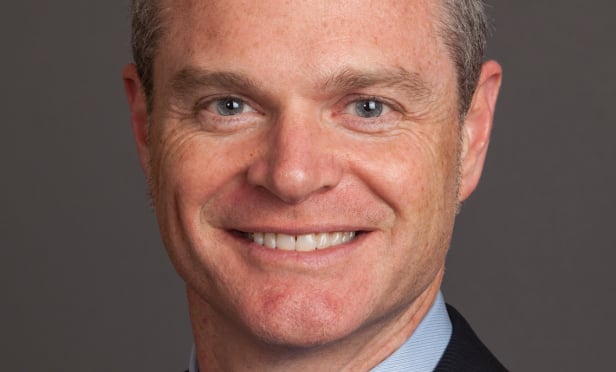IRVINE, CA—Automation tools are more efficiently identifying risk very early in the process, benefiting the home-loan-application industry and improving the consumer's experience, First American Financial Corp.'s chief economist Mark Fleming tells GlobeSt.com. In the firm's recent Loan Application Defect Index report, Fleming commented on the impact of automated verification tools on loan risk, the possible shift in the loan mix to adjustable-rate mortgages and what that means for loan risk.
“The long and consistent downward trend in loan-application defect and misrepresentation risk paused [in November 2016] after falling in seven of the last eight months,” Fleming said in the report. “Yet, I expect the risk trend to continue its downward trajectory in 2017. The Day 1 Certainty initiative at Fannie Mae and incorporation of similar automated verification tools at Freddie Mac are likely to have a significant positive impact on mortgage-loan-application defect and misrepresentation risk in the next year.”
Regarding the ARMs race, Race, Fleming said that 2017 “is expected to be a transition year for loan-application defect, misrepresentation and fraud risk. Rising rates in the market will drive a transition to more purchases relative to refinances and more ARMs relative to fixed-rate loans. All other factors being equal, both of these trends point to increased defect, misrepresentation and fraud risk.”
Recommended For You
Want to continue reading?
Become a Free ALM Digital Reader.
Once you are an ALM Digital Member, you’ll receive:
- Breaking commercial real estate news and analysis, on-site and via our newsletters and custom alerts
- Educational webcasts, white papers, and ebooks from industry thought leaders
- Critical coverage of the property casualty insurance and financial advisory markets on our other ALM sites, PropertyCasualty360 and ThinkAdvisor
Already have an account? Sign In Now
*May exclude premium content© 2025 ALM Global, LLC, All Rights Reserved. Request academic re-use from www.copyright.com. All other uses, submit a request to [email protected]. For more information visit Asset & Logo Licensing.









